The pressure on the arts community to wean itself off mining and fossil fuel money has been amplified by the outcome of the Federal election. But are there realistic alternatives to an industry that looms so large over all aspects of West Australian business and culture? Mark Naglazas reports.
Show me the other money
1 July 2022
- Reading time • 10 minutesMulti-arts
More like this
- Seesaw’s Regional Mentorship Program participants announced!
- An update from the Board of Seesaw, WA’s Arts Magazine
- Halloween special: How to make blood and other stage tricks
When a raft of candidates with strong anti-climate change and pro-arts credentials swept into power at the recent federal election, the creative community collectively rose to its feet and let rip with a huge cheer. There was hope the incoming government would take more seriously both the fight against global warming and the need to support the beleaguered arts sector.
This historic redrawing of the political map does not present a major problem for the creative community on the east coast because the resources industry doesn’t contribute a significant amount to government coffers or to arts sponsorship.
In Western Australia, however, mining dominates our economy — it makes up almost 30 per cent of state revenue — and is the major source of corporate money going into the arts. In other words, arts and resources are strangest of bedfellows — and the green wave that rolled across the country made the marriage even more uncomfortable.
The deep contradictions in that relationship were called out by Tim Winton in his closing address to this year’s Writers Weekend when the WA author-activist castigated Perth Festival for accepting sponsorship from gas giants Chevron and Woodside while staging a performance of a celebrated John Luther Adams orchestral piece about the impact of global warming on the world’s oceans.
“Despite everything we know, it’s still possible in Perth, without batting an eye, to present a significant musical event, inspired by the tragic fate of our oceans in the age of global heating, and have it proudly funded, in part, by Woodside,” Winton told the audience at Fremantle Arts Centre.
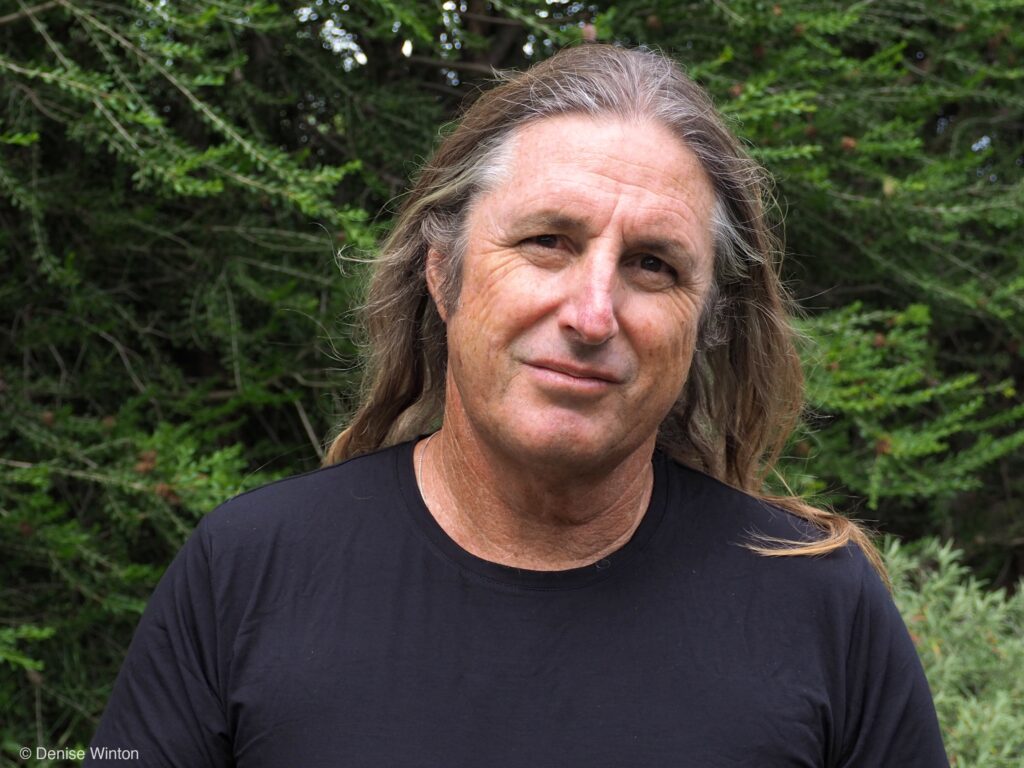
“I suspect that to some of the folks involved in decisions around that production, the dissonance was inaudible. Shows you how normal it is, how safe the fossil giants still feel here. For, who else in the corporate world, sailing so close to reputational oblivion, could feel that safe and so confident? You reckon a brewery would put itself forward for a show about foetal alcohol syndrome? How about tobacco sponsoring ventilators for lung patients?”
Winton acknowledged the struggles of the arts community to find financial support, especially during a pandemic, but declared it is “way past time” for organisations such as Perth Festival to sever ties with the likes of Chevron and Woodside.
“So how is it that the arts community should show less creativity and moral imagination than bankers?”
“All around us, financial institutions, super funds, shareholder groups and banks are withdrawing their patronage of the fossil fuel industry. Because it’s seen as an increasingly bad bet, and in their view, it no longer passes the ethics test,” he said.
“So how is it that the arts community should show less creativity and moral imagination than bankers? When there are other sources of philanthropy available — and there are — why are we still dancing with the corporations doing the most to hold us back from dealing with the climate emergency?”
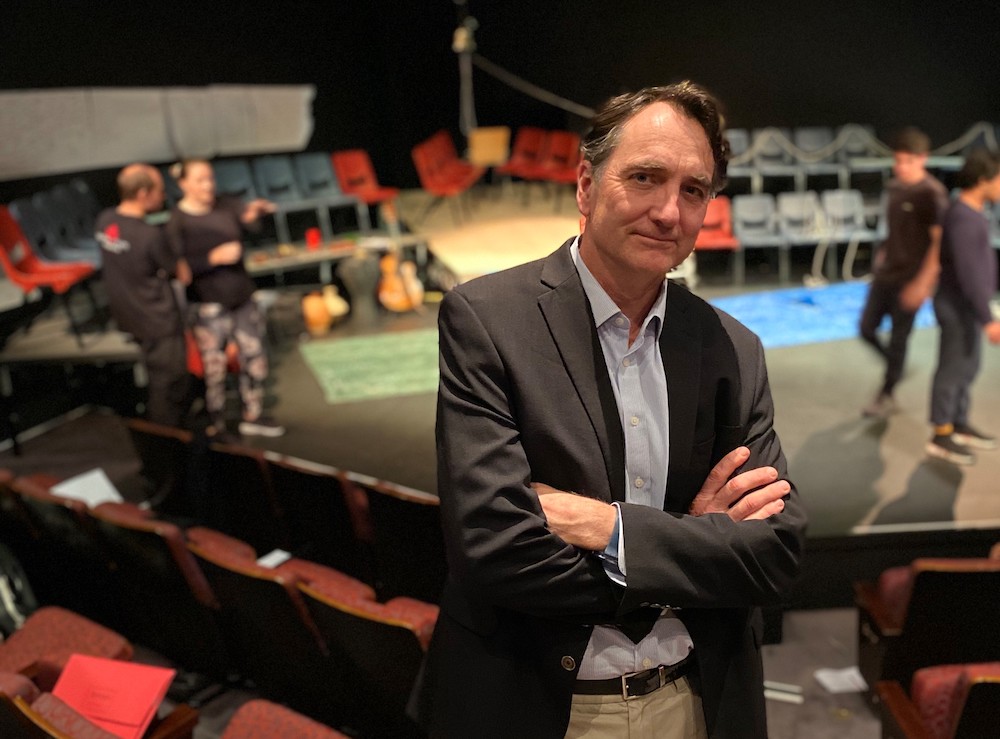
While Winton demands that WA arts companies seek other forms of investment, those at the coalface, so to speak, are less optimistic.
“The pressure on arts companies to raise private sector revenue is intense. Unfortunately, at this moment they don’t have a realistic alternative. I am not sure where that money will come from if the arts companies divest from the fossil fuel and mining industries,” says James Boyd, WA manager of Creative Partnerships Australia, a government agency designed to bring together artists and investors.
“The government believes that arts companies partnering with the corporate sector is a good thing. As the government relies heavily on royalties from mining and fossil fuels it’s not going to encourage arts companies to sever those lucrative ties with the sector,” says Boyd, who in 2020 received a Churchill Fellowship to investigate alternative arts funding sources in line with ethical concerns.
What about philanthropy?
Where Boyd does see potential is away from corporate sponsorship and in the philanthropy space, in which the motivation for donors is not a public relations boost but a desire to see the arts flourish. “Corporate sponsorship for the arts in Australia has risen by 85 per cent or so in the past 20 years. In the philanthropic sector it has risen by over 900 per cent,” he explains.
Boyd believes the opportunities for philanthropic funding to be especially large in WA because the idea is not as highly evolved as it is on the east coast. “Philanthropy has always been associated with old money, which is what you have in the cities on the east coast. There is a lot of new wealth here, so it is just a matter of time.”
The major challenge for arts companies wanting to tap into the philanthropic sector is having sufficient resources in the first place to employ high quality fundraisers. “Charities have highly skilled, well-paid fundraisers. This is not something that the arts have embraced outside the major companies. It costs money to raise money. The lack of skilled people in this area is causing a crisis,” says Boyd.
Deep and complex connections
Chamber of Arts and Culture WA executive director Kim Jameson says the arts community’s relationship with the resources industry is inevitable and, considering the nature of our economy, extremely complicated.
“The resource sector is overwhelmingly the biggest part of our economy. It cannot be avoided. If you accept money from government you are taking money from mining and fossil fuel companies. So it is not as simple as simply cutting ties with the resources industry because of the depth and complexity of those connections,” Jameson tells me during our chat in her office high in the QV1 building.
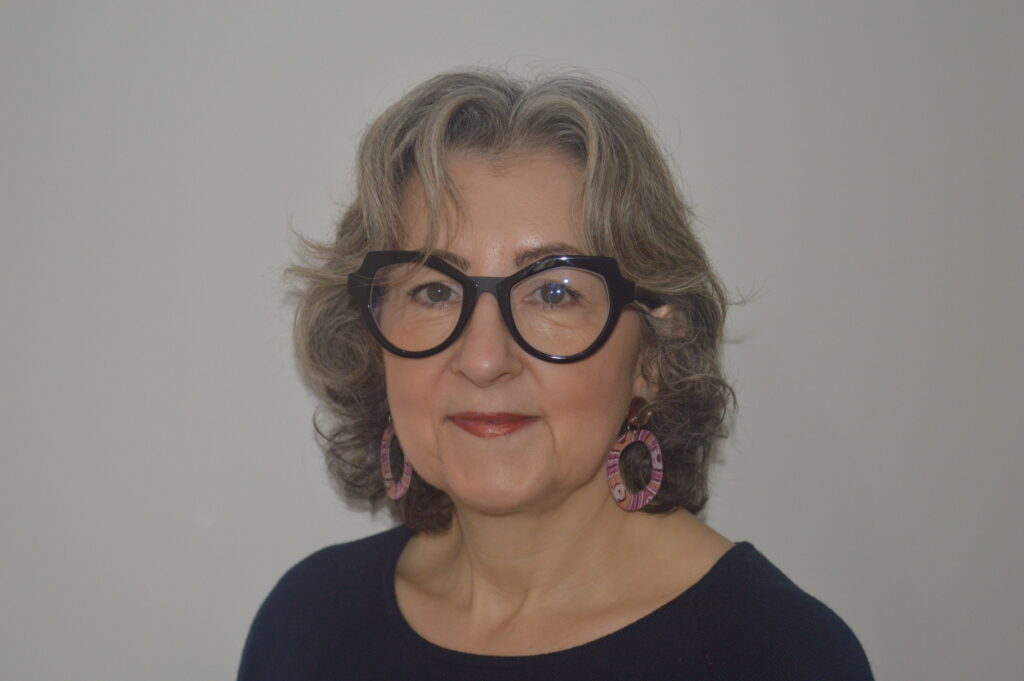
Ironically, she says, the pressure on the arts community to have a more ethical approach to accepting investment is precisely what the resources companies themselves are facing. In a recent meeting with her counterparts at the Chamber of Minerals and Energy she learned that the major investors in the mining industry are as concerned with climate change and other issues as those who attend opera, ballet and theatre.
“The biggest investors in our resources industry are based in the US, UK and Canada. Some of these companies are looking to unload their Australian investments because of ethical considerations. So companies such as Rio Tinto and BHP are asking their investors to work together and help them change their business model,” says Jameson.
The complexity of the relationship between government, the corporate sector and the creative community means that it will take education and time to make meaningful transformation, she argues.
“Everybody wants an immediate solution but that is not going to come. We have to work collectively toward a mutually beneficial outcome. We have to have conversations to shift the paradigm of investment. What that outcome looks like and how it shapes up is different depending on where an organisation is on its journey.”
In step with community demands
The Art Gallery of Western Australia (AGWA) is the only major arts organisation in the state without sponsorship ties to the resources sector. Relationships with resources companies were in place when Colin Walker took over the director’s role at AGWA after a decade heading Culture and the Arts at the Department of Local Government, Sport and Cultural Industries. One of his first moves when he joined AGWA was not to renew those contracts.
“Those relationships were coming to a natural end,” says Walker during our discussion in his office in the gallery. “I made the decision because I could see the general direction corporate sponsorship was going, especially in relationship to fossil fuel companies.”
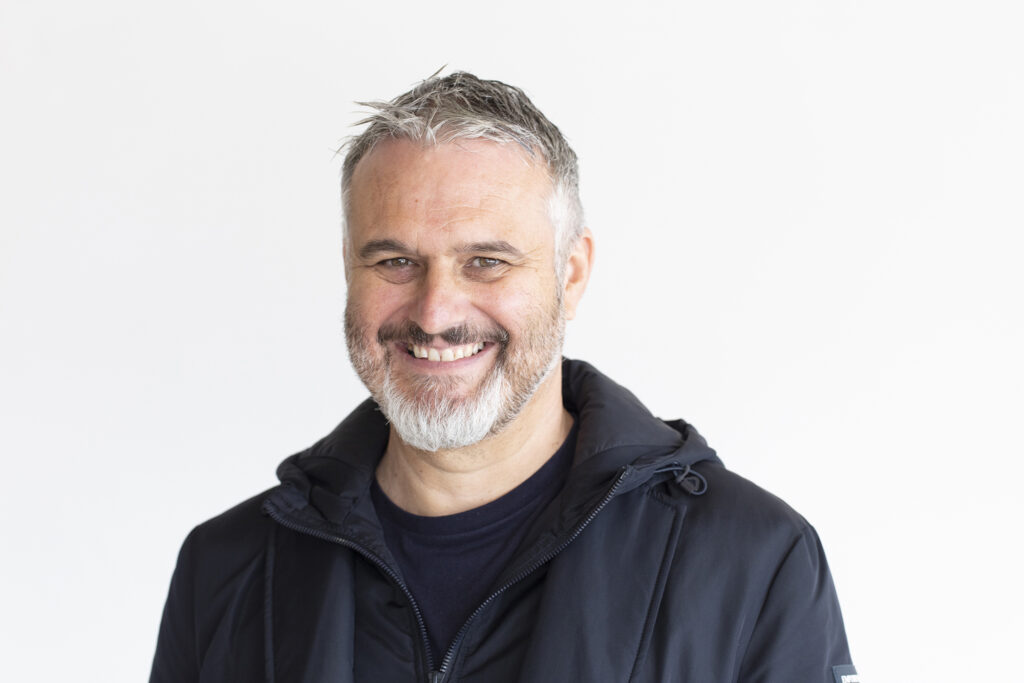
Walker says that organisations have the choice of two forms of income — restricted and non-restricted. Restricted income is when there are limitations on uses of that sponsor’s money, he explains, while unrestricted income is when there are no guidelines about what an organisation can do.
“Our policy has been to shift from restricted to non-restricted funding so we are better able to do the things we believe the community want us to do.”
While Walker says that resources industry money would be low-hanging fruit for an organisation like AGWA he will not actively seek it because it is not something its community wants.
“They want us to be concerned about Aboriginal issues, about land ownership and rights, about cultural identity and identity politics generally, and want to be involved in social good and social change. And they are concerned with climate change. This is the group we want to engage with. If a resources company wanted to do something transformational then there’d be a conversation to be had and a range of decisions to make.”
Walker says there is no such thing as free money from major corporations. “They use their money for ultimately commercially beneficial reasons, otherwise it would be given through corporate trusts,” he says. “So if you want complete freedom you need to look for as few restrictions as possible or have relationships with sponsors that fully align to your objectives.
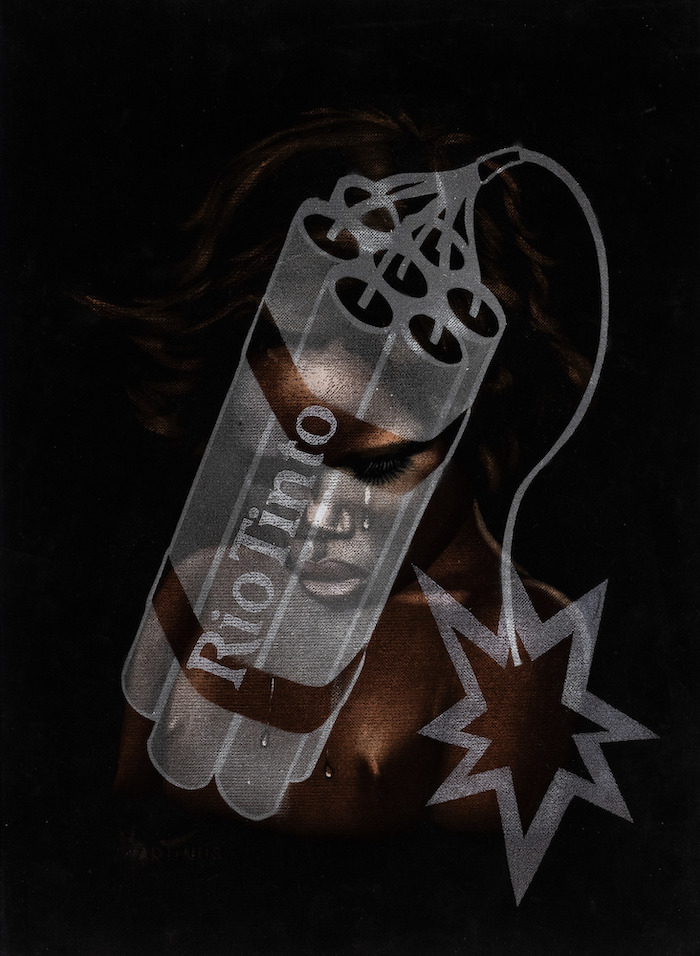
Walker says if the gallery was sponsored by a resources company it may have been more difficult to display Tony Albert’s velvet painting Misunderstanding (2020), a response to the detonation of explosives by Rio Tinto which destroyed two rock caves at Juukan Gorge in the Pilbara which date back more than 45,000 years.
“It was slap right in the middle of the concourse, the most visible place you could put something in the gallery,” he says. “It is important that I have the freedom of movement to do that; letting artists have the freedom to tell the difficult tales and not have fear of the consequences from a difficult paymaster.”
But it is not simply creative restrictions that concern Walker. He also believes corporate sponsorship can put a lot of pressure on an organisation, with benefits not matched by the size of the donation. “If you have one of the big mining companies as a sponsor it takes up an awful lot of time to service that sponsorship and be deflected in dealing with the public. There is a risk it can drain the energy out of an organisation,” he says.
Finding the alternatives
Walker’s solution has been to move away from big to individual sponsors. “The type of individuals who have started to give us the major monies have been ones with less interest in relationships with fossil fuel companies and are more interested in giving us the freedom of movement to be more creative, to be dealing with the now, to be more culturally diverse. All of those things are coming from the younger money that exists in this state, of which there is plenty.”
Among Walker’s steps for raising revenue without relying on corporate sponsorship is freeing up the $29 million held in the bank account of the AGWA Foundation so it can be invested in the markets for greater return (the forecast is to lift that return from $80,000 a year to $750,000); exploiting the gallery’s range of potential commercial assets, such as opening the rooftop bar and revamping the design shop and café and bringing the management of these all in-house; and the development of its own brand and a variety of merchandising arrangements.
Podcast with Colin Walker: Your guide to the new Art Gallery of WA
One promising alternative source of sponsorship money being pursued by the Chamber of Arts and Culture is the green energy sector.
The chamber is taking a pragmatic approach and seeking the expertise of organisations like Creative Partnerships and Philanthropy Australia to learn more about this emerging sector.
“These companies are currently not investing in the arts,” says Jameson. “We need to find out who they are and start having a conversation with them about why investing in the arts is a good thing.”
“We are keen to … seek out opportunities to articulate why supporting arts and culture organisations, artists and programs is an investment for a collective sustainable future.”
READ MORE: Gallery revamp more than bricks and mortar
Pictured top: The Perth city towers occupied by big resources companies seem to loom over a small gathering of people on the Art Gallery of WA rooftop. Photo by Anthony Tran
Like what you're reading? Support Seesaw.





